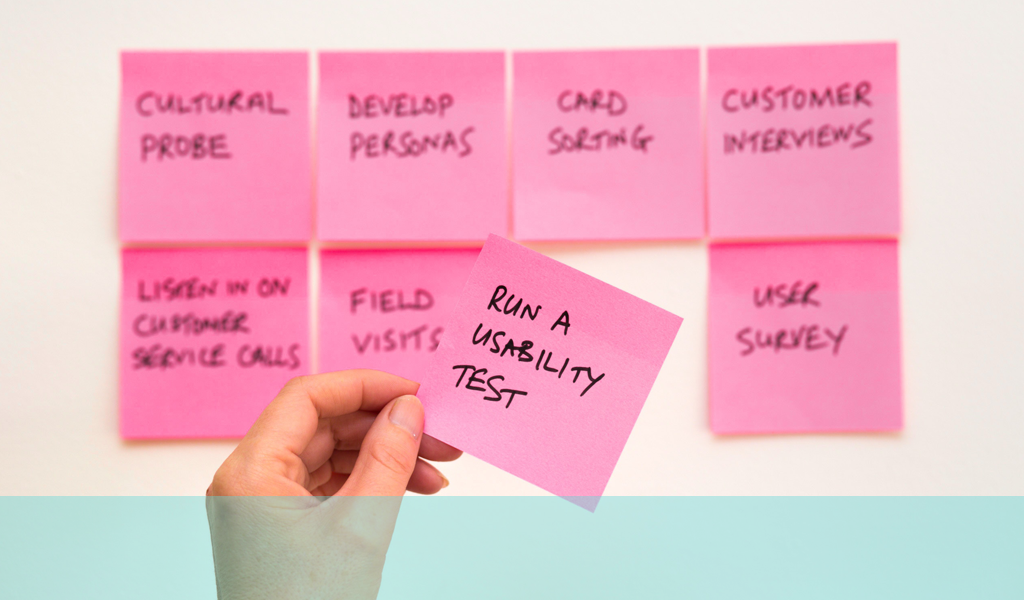
Methodologies and Objectives of Usability Testing
When usability testing is discussed many of those involved in the conversation might not even be aware that there is one more than one type of testing and this can cause confusion.
When we refer to different types of usability tests we are talking about the different methodologies and objectives of the tests.
Usability Testing Methodologies
In-person testing – where the subjects are often in a research facility and can be moderated, observed and aided if necessary.
Remote testing – this is where users are at the end of a phone line (or sometimes isolated) and undertake the testing with the aid of a script, on-screen instruction or special software that administers the test.
Specific technical tests – this include techniques such as eye tracking, mouse click tracking etc where specialist software records where the person is looking on the screen and the sequences they go through or where they click and navigate through the site.
Interviews, Panel testing, Diary testing etc – there are different ways of producing and capturing the information and it does not always have to involve direct testing of the product. Opinions can be gathered through interviews or users recording their interactions or attitudes.Ethnography studies observe users in their natural habitat and gather data on behaviour, wants, opinions and so on.
Usability Testing Objectives
Which of these methods are used will be decided, to some extent, by what the specific objective of the usability testing is. For example:
Benchmarking study – this is designed to provide comparative data between a site or prototype and a new design. This will need specific, comparable data so that testing specific interactions or functionality will be required to provide this.
Product usability/Issue identification – where precise data is collected on how users interact with a website or app and what they find helpful or confusing. How they progress through the options and functions requires well constructed usability testing focused on the particular elements or products in question. The purpose of this sort of testing is to find and fix problems to provide the user with the most transparent and straightforward experience possible.
Attitudinal research – this will be focused more on what users think and believe rather than what they do. This can help in defining broader strategies and in developing the structure and elements of a website, imagery, functions,language and so on. The aim of this is to provide an ethos and framework for development rather than specific technical information for a designer/developer.
Usability testing can be a potentially confusing area so it is important to think carefully beforehand and closely define objectives, purposes and desired outcomes. If you are seeking broad attitudinal information you need to enlist techniques that will facilitate and stimulate discussion in this sort of context. It is usually better to speak to a specialist beforehand to get a good idea of what is available and what will suit your organisational purpose.
If you would like to know more about any specific aspect of usability testing please contact us today for an informal chat on +44(0)800 0246 247, or email hello@ux247.com or contact us.

















